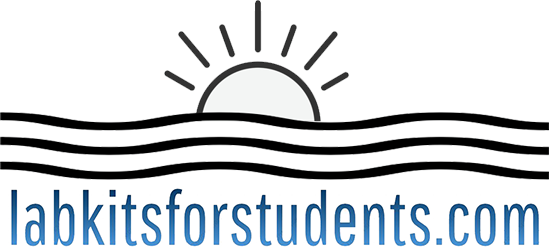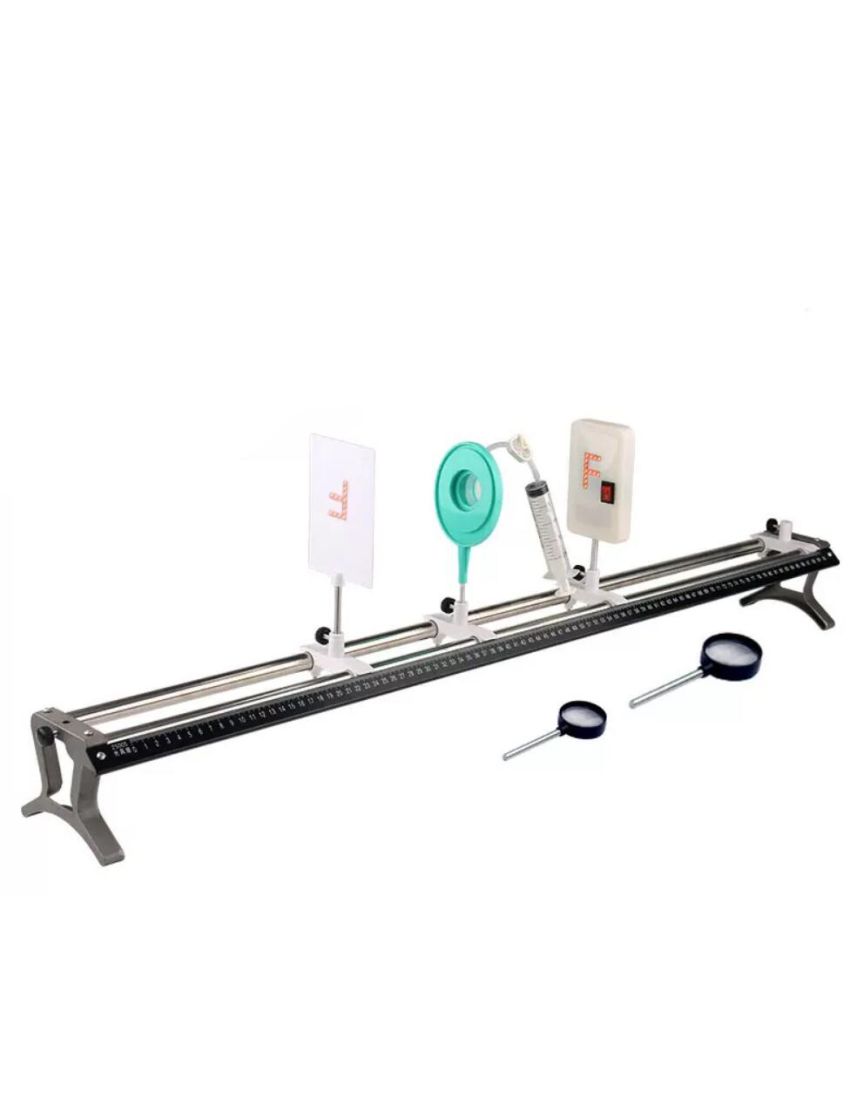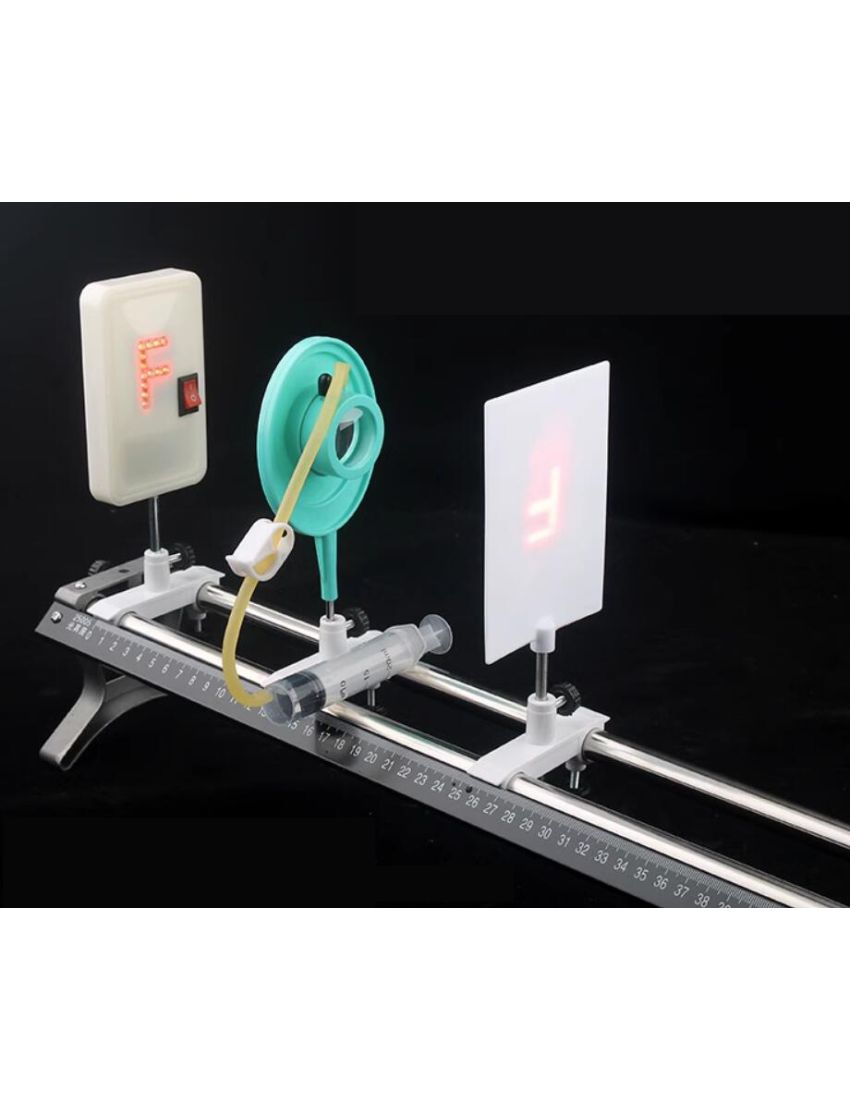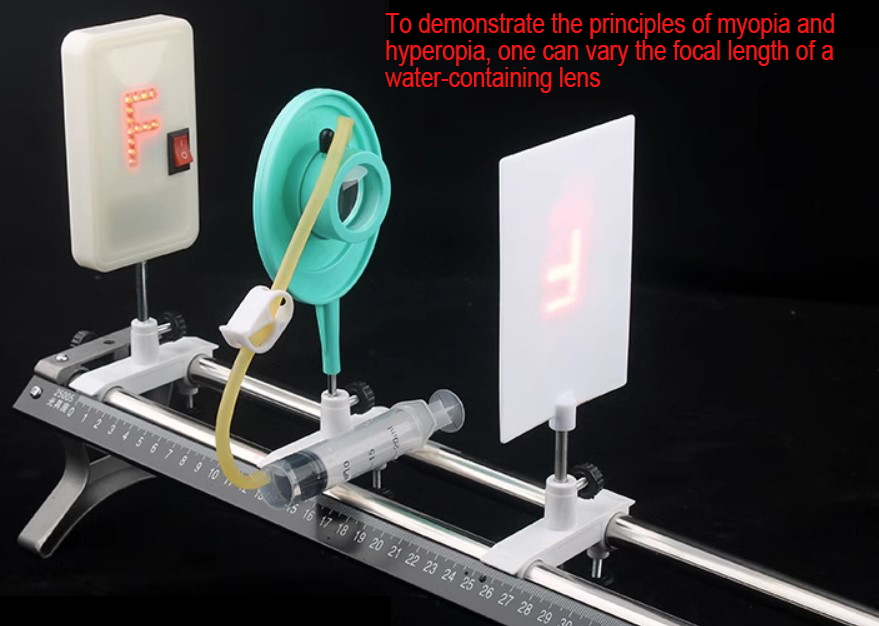Physics Lab Kits - physics experiment to demonstrate the principles of nearsightedness and farsightedness by exploring the imaging rules of convex lenses
In stock
SKU
LKFS-A10


We are PayPal Verified
PayPal is a secure and trusted payment processing service that allows you to shop online. PayPal can be used at labkitsforstudents.com to purchase items by Credit Card (Visa, MasterCard, Discover, and American Express), Debit Card , or E-check (i.e. using your regular Bank Account).



















